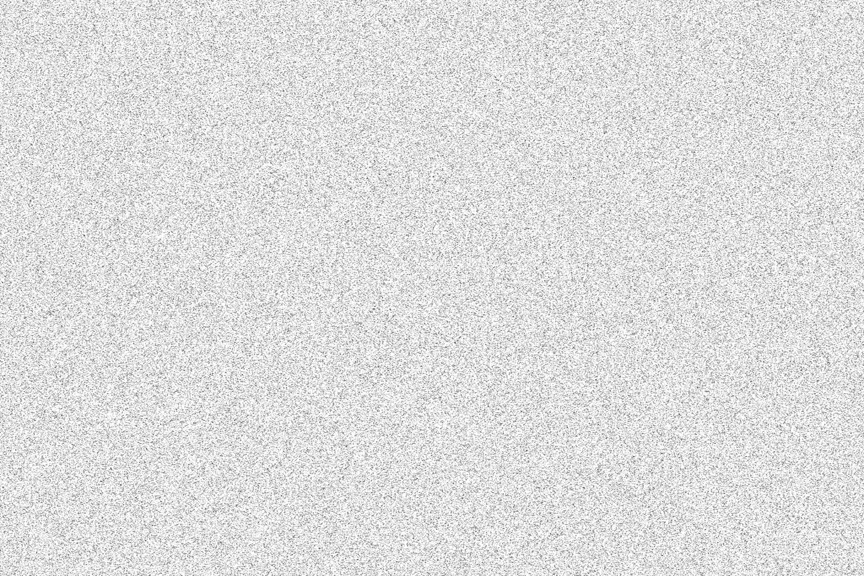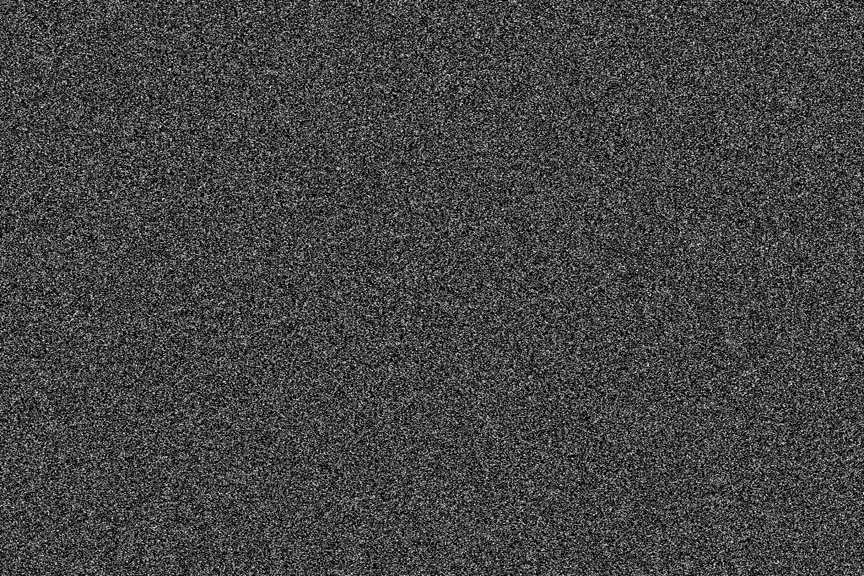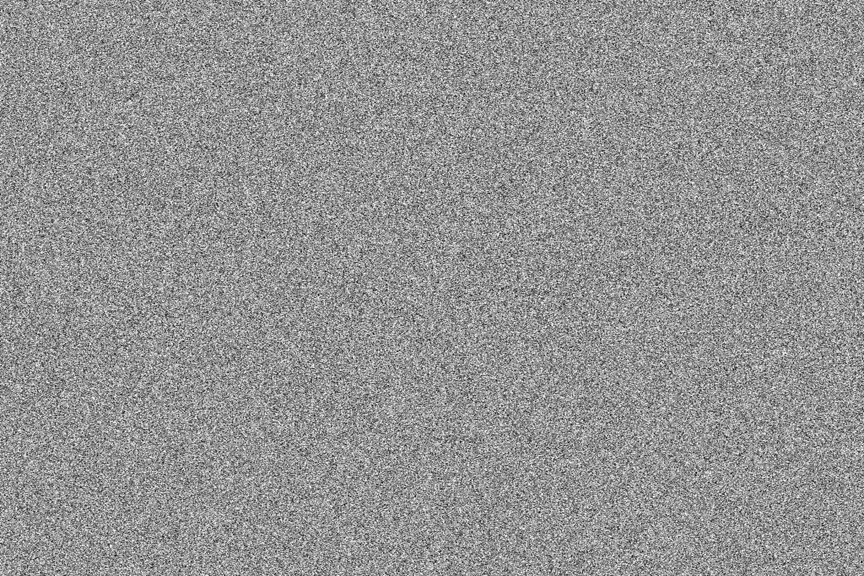extensions’ first iteration examines notions of the present absent, using medieval philosophical and scientific epistemes of (prime) matter, artistic visualisations of unseen data, and scientific studies on the nature of perception.
Nicola’s research at the Humboldt University on ‘Knowing the Shadow; Ontology and Epistemology of Matter in the Thirteenth Century’ provided intitial inspiration via Calcidius’ writings in De Silva on Matter:
“…the vision of a person who gazes upon darkness is not comparable to his normal experiences of gazing upon distinctly coloured objects, but owing to contrary affection, an absence or want of the things which the eyes see…his vision is in a position, not to comprehend any quality in the darkness, but to suspect the fact of nonbeing but not the existence of any particular reality, and despite seeing nothing he thinks he is actually seeing what he does not see and supposes he is seeing something although he sees nothing…but since the eye is naturally conditioned to discern colours, in his attempt to discern a colourless nature he suspects…that he is seeing darkness.”
"as consonants without vowels are mute in themselves but when combined with vowels confer something and impart genuine sound"
As an interdisciplinary artist committed to manifesting the invisible, Rosie began to make text-based images, layering and obscuring phrases to create visual examples of less direct route to understanding.
This passage from William of Conches’ commentary proved most inspiring:
“Calcidius says that, as the darkness is seen without seeing and the silence is heard by hearing nothing, as too that primordial matter which is prime matter is understood without understanding. Which corresponds to say that in the same way it is necessary for sight to fail as to see the darkness and similarly for the hearing as to hear the silence, likewise the intellect has to fail in order to understand prime matter. Indeed, when we think of matter without any form, our intellect fails.”
This quote was rendered into the below image by a long process of arbitrarily erasing select parts of letters in an attempt to express how prime matter may be ‘seen’ and yet not fully comprehended.
The notion of fundamental elements of vision has particular relevance to Joshua’s research into perception, and the mechanisms we use to extract and construct meaning from visual data. Using image processing alogrithms informed by visual neuroscience, the spatially invariant statistics of these images can be extracted, characterised, and transferred to other passages. In essence, this process retains the minimal visual features of the original images, and refines–or rarefies–other passages such that these minimal features are all that remain.











